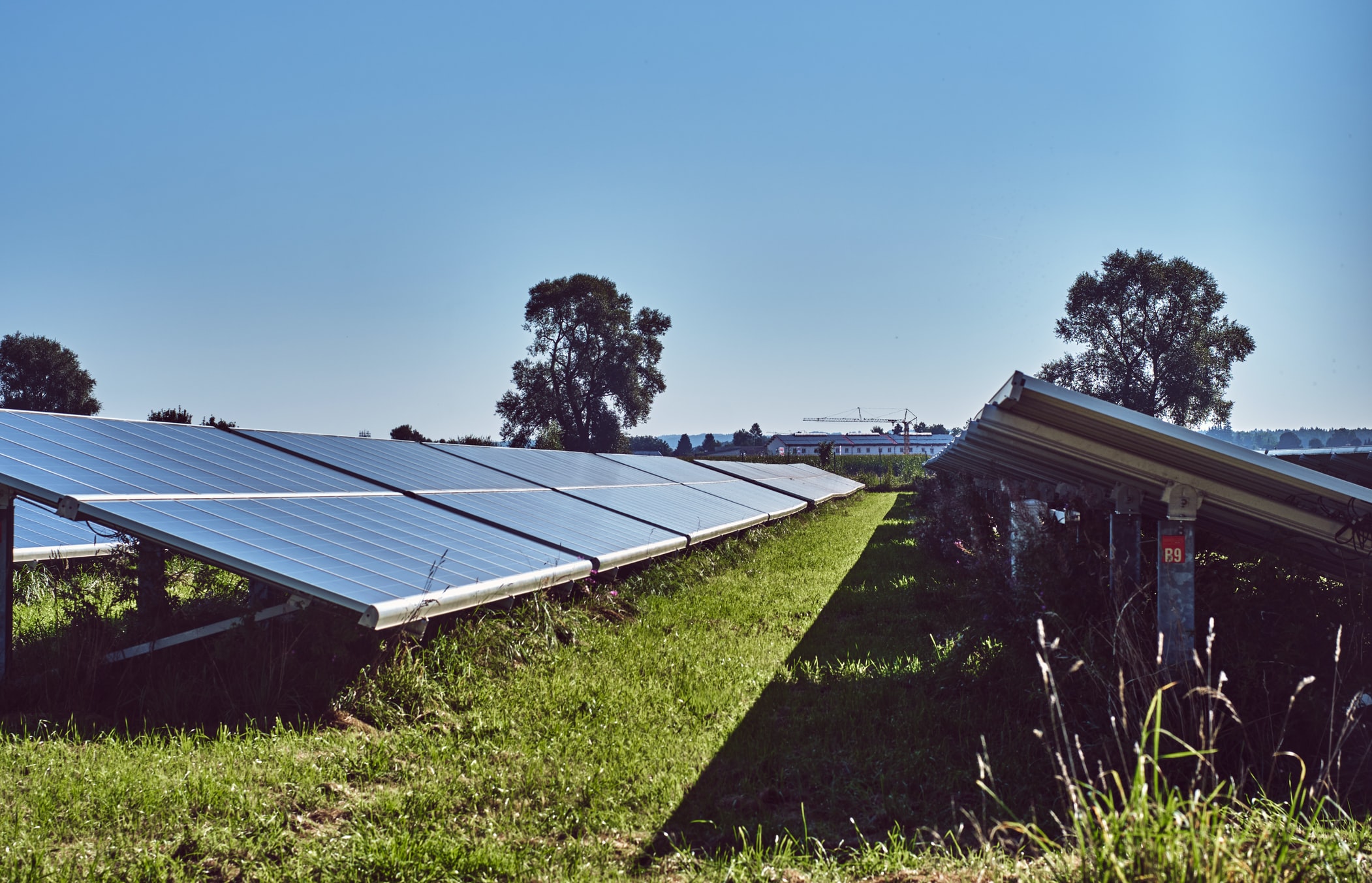3D chemistry boosts perovskite efficiency to 23.9%
12. 11. 2021 | myScience | www.myscience.org
An international collaboration led by EPFL chemical engineers has overcome a problem in the manufacturing of perovskites that reduces their efficiency as solar panels. The approach produced perovskite solar panels with an efficiency of 23.9% and operational stability longer than 1000 hours.
Perovskites are hybrid compounds made from metal halides and organic constituents, and show great potential in a range of applications, e.g. LED lights, lasers, and photodetectors. However, their major contribution is in solar cells, where they are poised to overtake the market and replace their silicon counterparts. However, their efficiency depends greatly on their manufacturing, and a key factor is removing defects from their light-harvesting surface.

The way this is typically done is with a method called "passivation", which coats the surface of perovskite films with chemicals (alkylammonium halides) to make them more resistant and stable. The problem is that passivation actually backfires by forming so-called "in-plane" perovskite layers that don’t "move" electrical charge as well, especially under heat. In a new study, scientists have found a way to solve the problem by treating them with different isomers of an iodide used to make perovskites. In chemistry, isomers are compounds that have the same molecular formulas but their atoms are arranged differently in three-dimensional space.
Read more at myScience
Image Credit: Unsplash
-jk-




